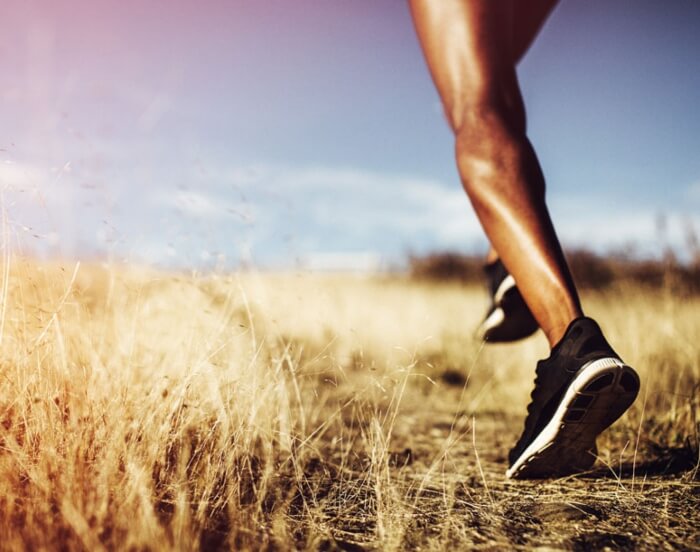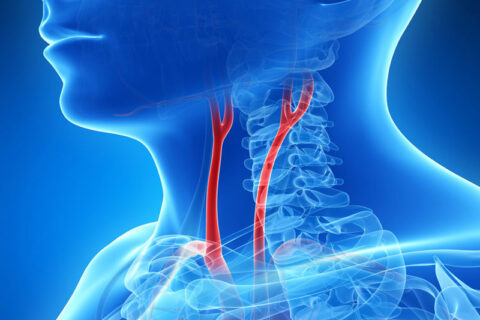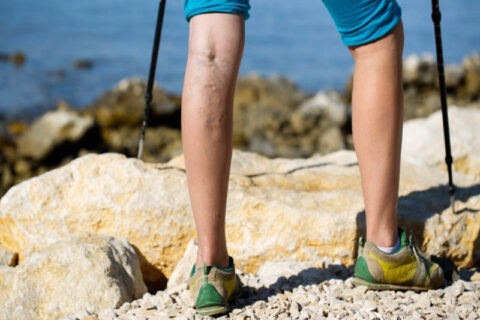Athletes Suffer From Venous Disease Too
When it come to vascular problems in the legs, fit athletes are not typically the first people that come to mind. However, due to the extreme physical activity they put their body through, they may show trauma to their arteries that cause occlusion or rupture. Often times, the blood flow is normal at rest, and the symptoms are confused with those of nerve disease, rather than venous disease.
Venous disease can be career ruining for athletes, but if the symptoms are treated quickly, a full recovery can be expected. Regular exercise increase blood flow to the legs, so the chances of developing Peripheral Artery Disease (PAD) is lower in athletes than in most people. However, athletes are more susceptible of developing venous disease. Intense physical activity is known to cause damage in the valves of the leg veins. Exercise can aggravate these symptoms.

When exercising, the muscles being worked out need increased blood flow. The body provides the needed blood flow by increasing the heart rate and dilating the arteries. This can result in an excess of blood in the legs, which leads to heaviness and tiredness. If the legs are starting to swell, this could be a sign of venous disease.
There are simple in-office treatments that can seal off damaged veins and reroute blood flow through the healthy ones.
Contact us today to get answers to any questions you may have and learn how we can help you.


